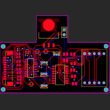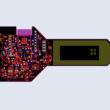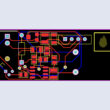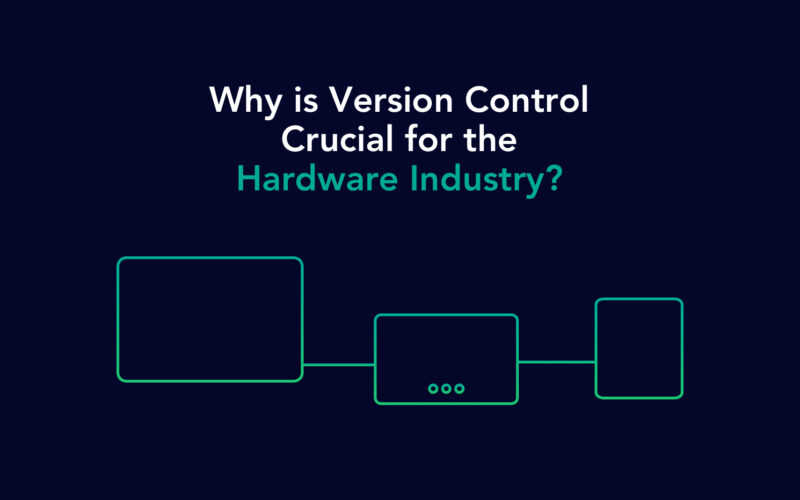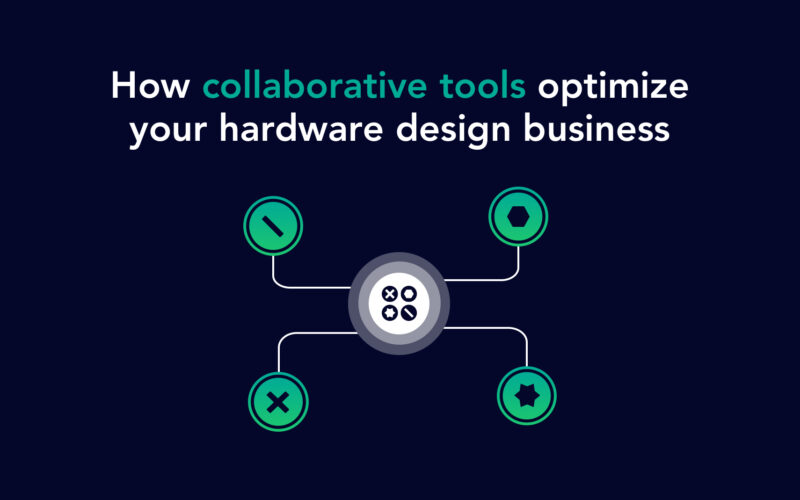Over the past year or so, COVID-19 has completely changed how the world works, leaving people and systems having to adjust to a new reality. Whether its travel, transport, communication, or manufacturing, no aspect has been left unaffected.
This has lead to mass changes across a number of industries, especially as no one was really certain when things would go back to ‘normal’. In fact, we might as well have to adapt a ‘new normal’, for the welfare and safety of humanity.
In addition, the pandemic brought numerous issues in the way we live and work to the forefront. People realized that technology had progresses much farther than how we utilize it, and that things needed to change. This was the year that almost every sector explored the remote work option, to much avail. In most cases, this option was feasible due to lockdown restrictions, but its appeal also spanned to how it opens up new hiring opportunities and also lets people remain in the workforce.
Similarly, this situation impacted the hardware industry quite significantly, leading companies to look for better strategies. No industry could face the brunt of the pandemic without making considerable changes, and the hardware sector is no exception to this.
How COVID-19 accelerated the B2B shift in the hardware industry
The major aspect which forced hardware to change its tack to B2B was more reliance on digital purchasing. Due to lockdown and travel restrictions in numerous places, companies could not just rely on sales reps. They realized that self-serve ordering through digital channels was a better and more efficient option for them. Resultantly, a B2B shift also means that less manpower is required.
It is quite apparent that more hardware companies shift from B2C to B2B rather than the other way around. This is because it is easier to get more traction from B2C marketing strategies than B2B. Therefore, companies establish their name by starting off as B2C and then bring up their B2B offerings once they have a foothold in the industry. COVID-19 accelerated this trend because directly selling products to consumers was less feasible. Most people saw their buying power go down significantly, so big-ticket technology purchases were not among their priorities.
On the other hand, businesses had to establish themselves as essential parts of people’s lives, and had to look for solutions to their workplace problems in the pandemic. They also realized that they needed to change gears on who they were targeting. Both of these factors complemented each other, so companies who needed workplace solutions and materials approached companies which made these solutions. This lead to a noticeable B2B shift in the hardware industry.
What other factors were involved?
The pandemic and its restrictions had a huge impact on suppliers and vendors in particular. They could not transport goods to companies as efficiently as they did before, and faced significant delays and hurdles. Therefore, vendor preparation and choice became a key aspect for hardware companies. They had to evaluate their existing vendors and their level of adaptation to the new situation. In addition, many companies had to go for multiple local vendors instead of large-scale vendors due to transport restrictions. Therefore, vendors who focused on a B2B approach fared reasonably better than others as they figured out solutions to the hardware industry’s problems.
Pricing also played a major role in this whole situation. The pandemic caused supply prices to go all over the place due to various restrictions being put in some places and lifted in the others. Vendors who were flexible with their pricing during this period remained popular. This is because they responded to the market changes on a timely basis and gave their customers the best prices for the time. As these changes were quite dynamic, it became more convenient to focus on the B2B market, rather than the B2C market, as businesses would be more responsive to dynamic pricing than customers would be.
Due to the instability in the market, standard solutions to business problems were not sufficient anymore. Businesses and vendors started offering personalized packages according to the needs of the clients. Again, this is much more doable with other businesses than with retail customers, so a B2B approach was more suitable. This is also one of the reasons why the popularity of Hardware-as-a-Service (HaaS) burgeoned.
In conclusion, the COVID-19 pandemic accelerated the B2B shift in the hardware industry due to a number of reasons. This meant that they had to change their strategies in a number of ways, making flexibility and adaptability key aspects to surviving the situation.


